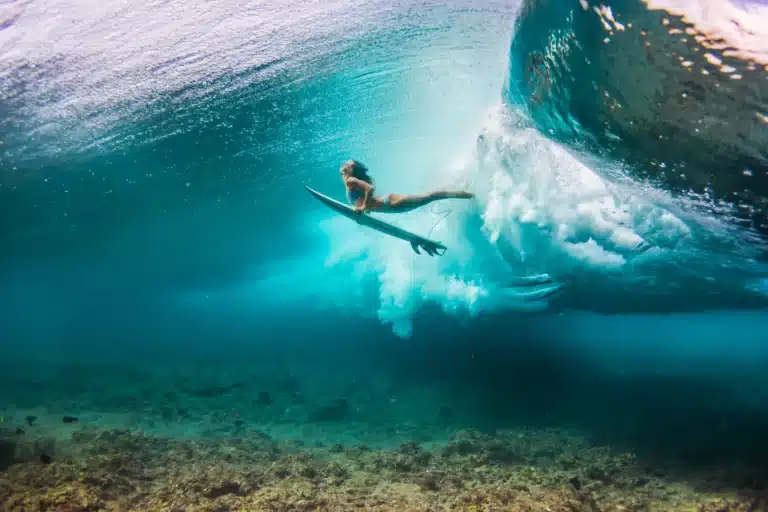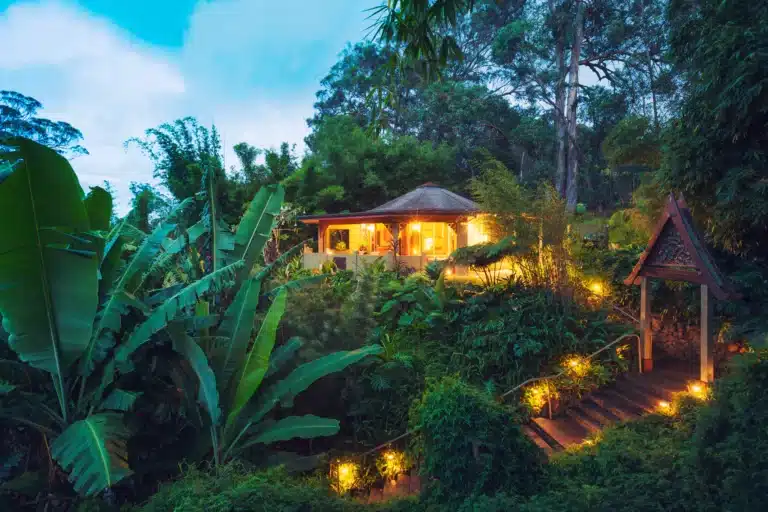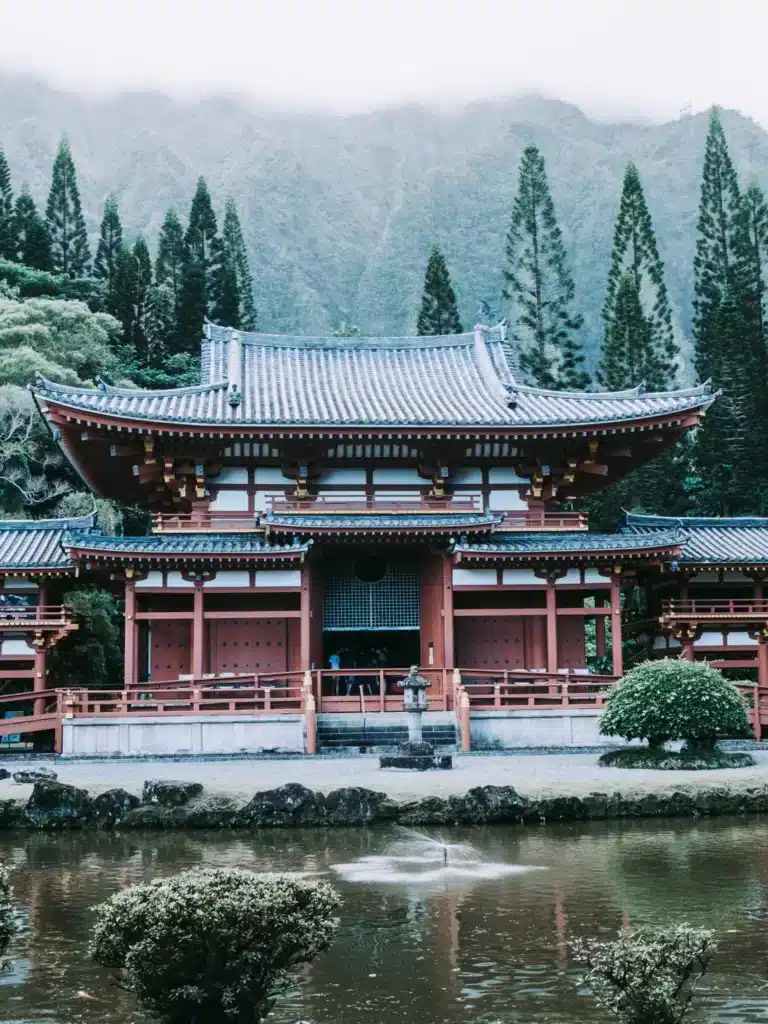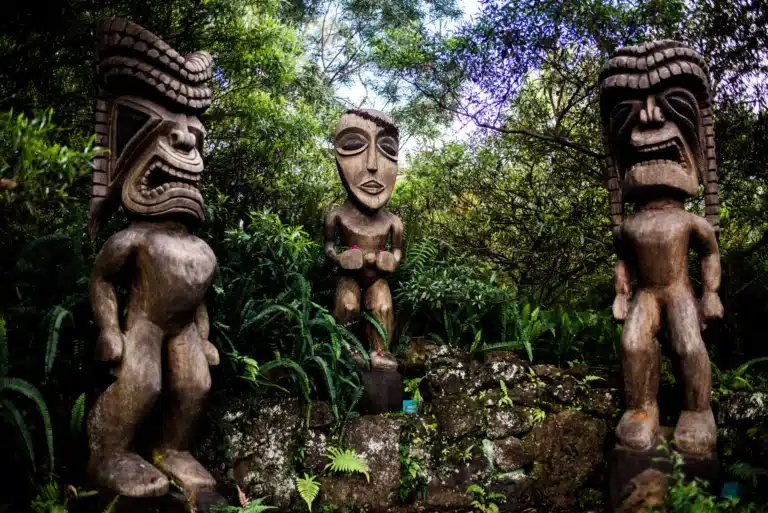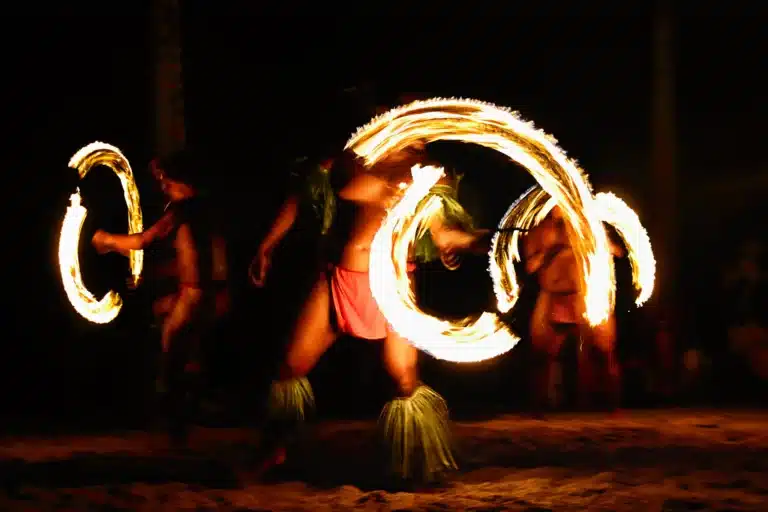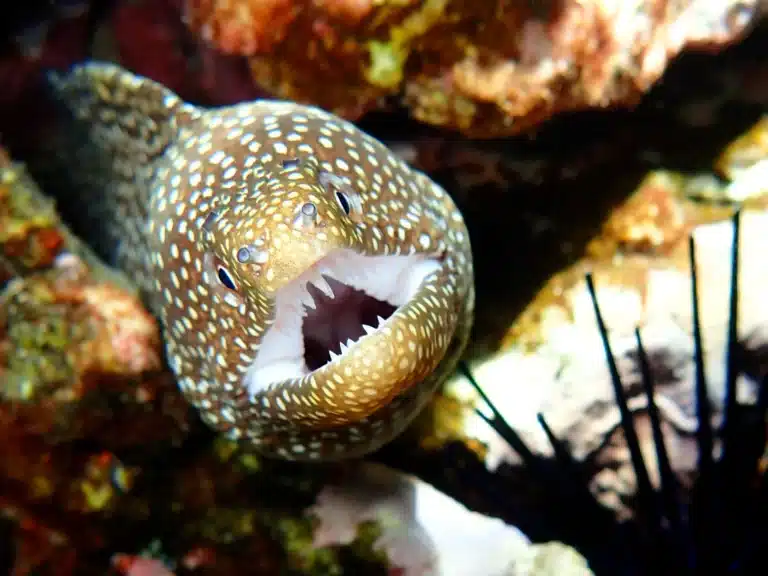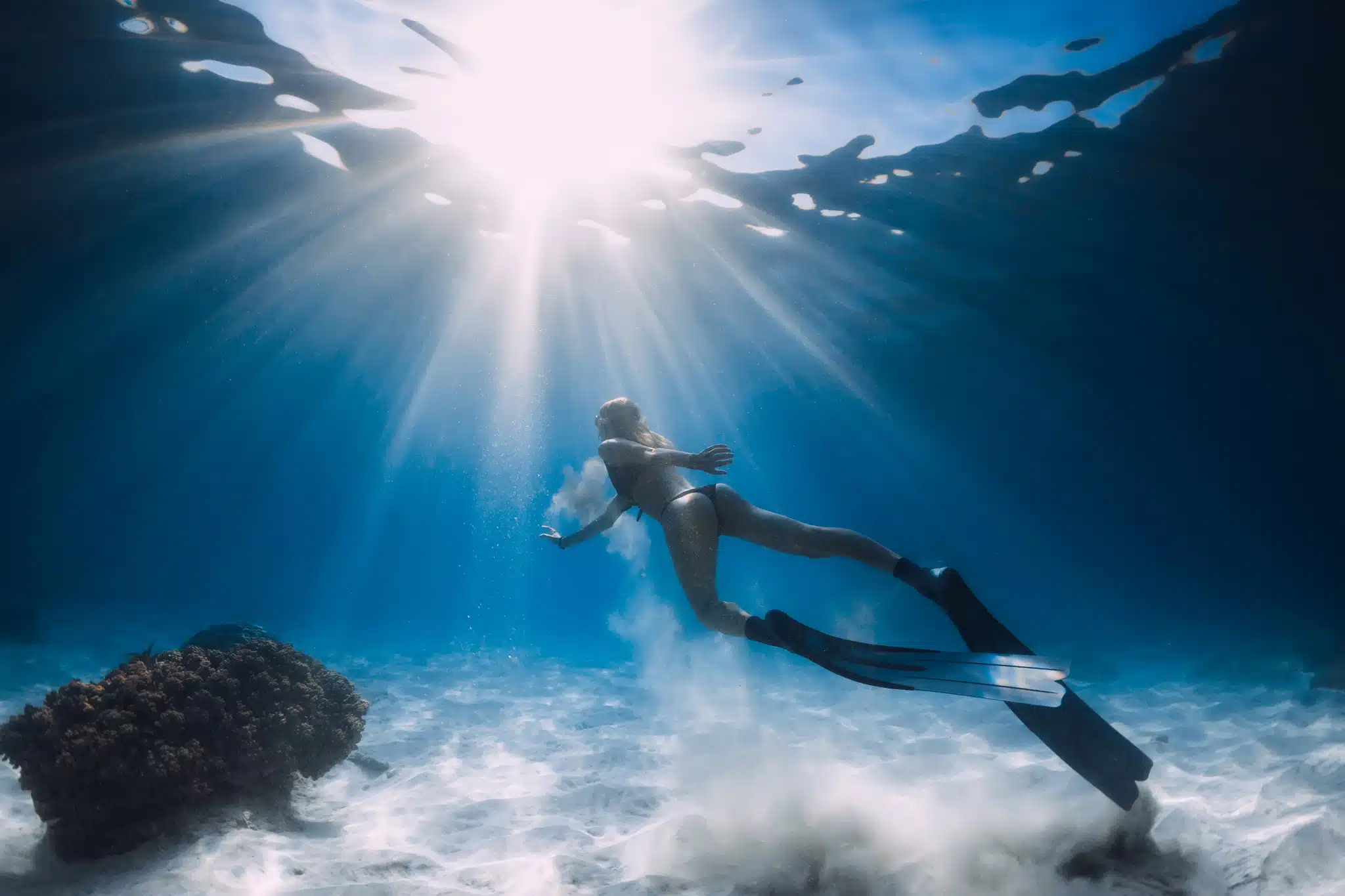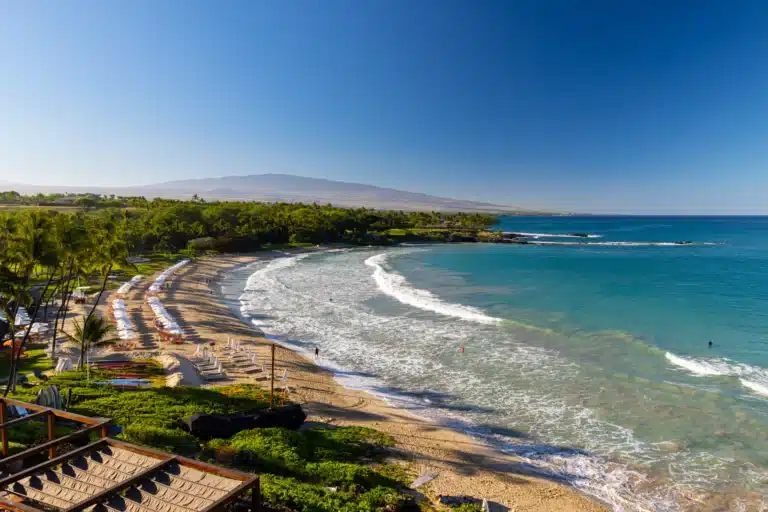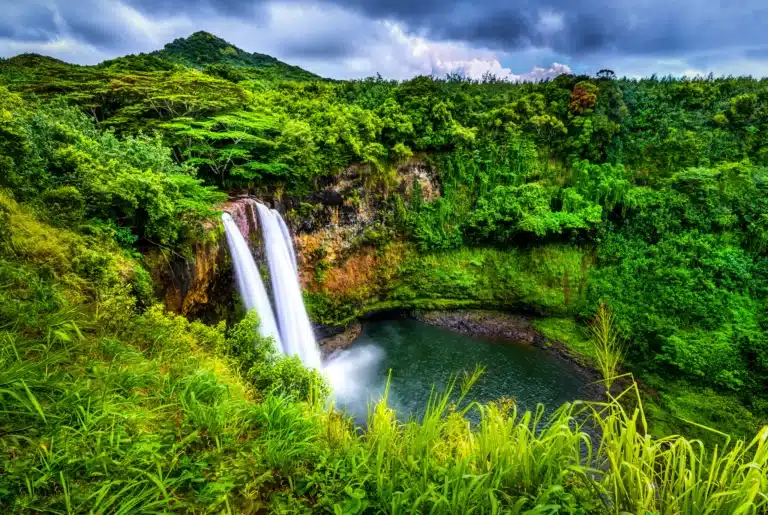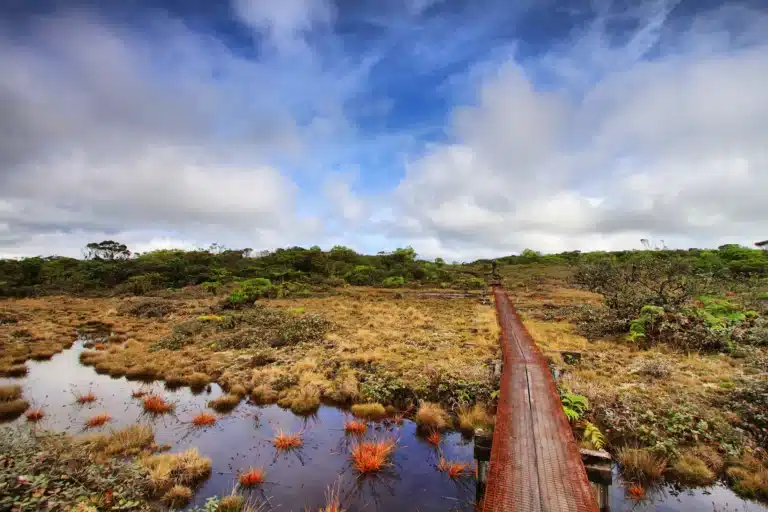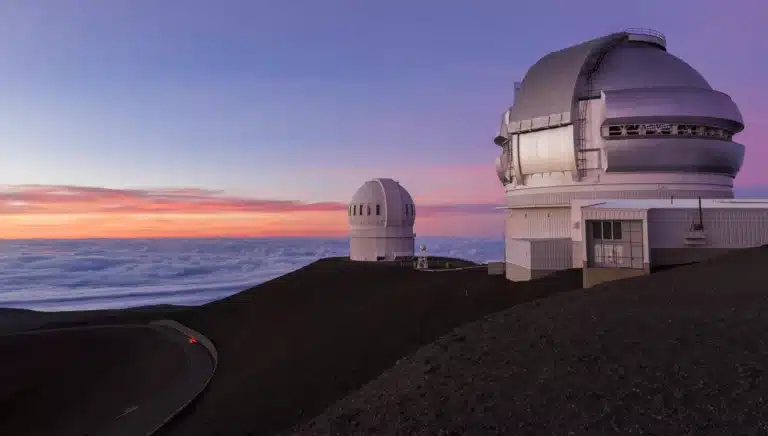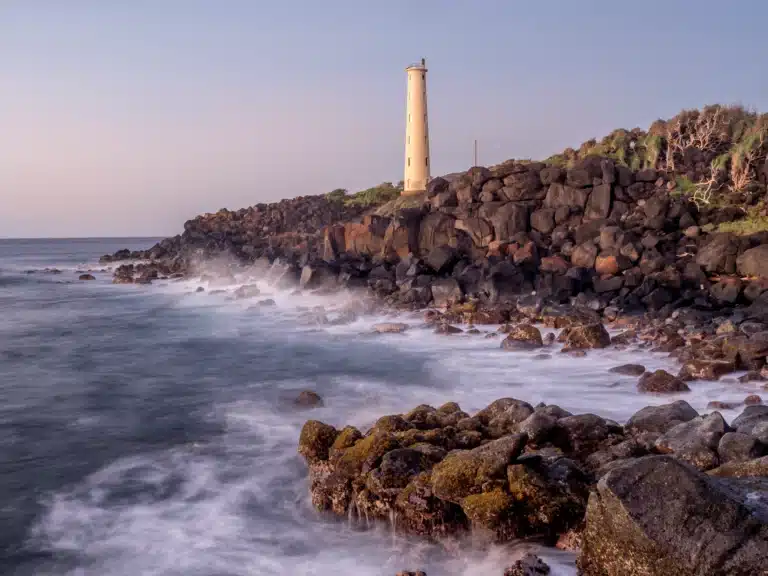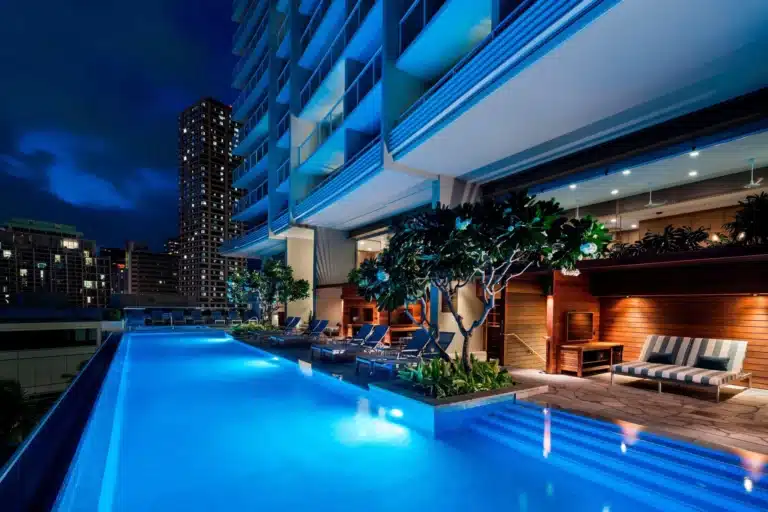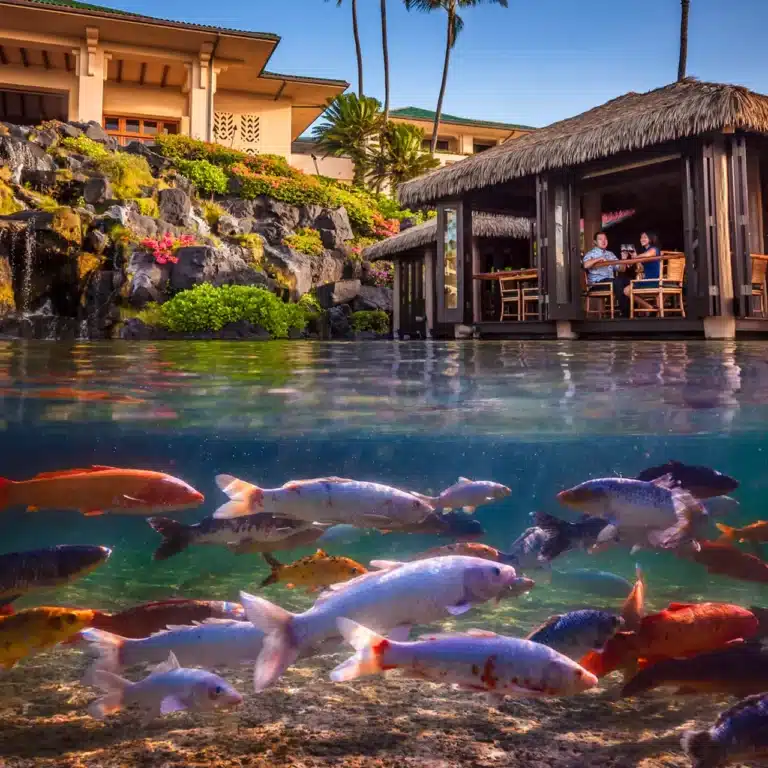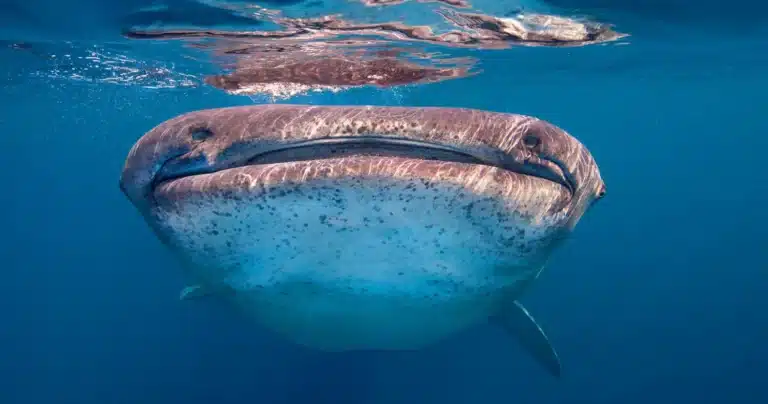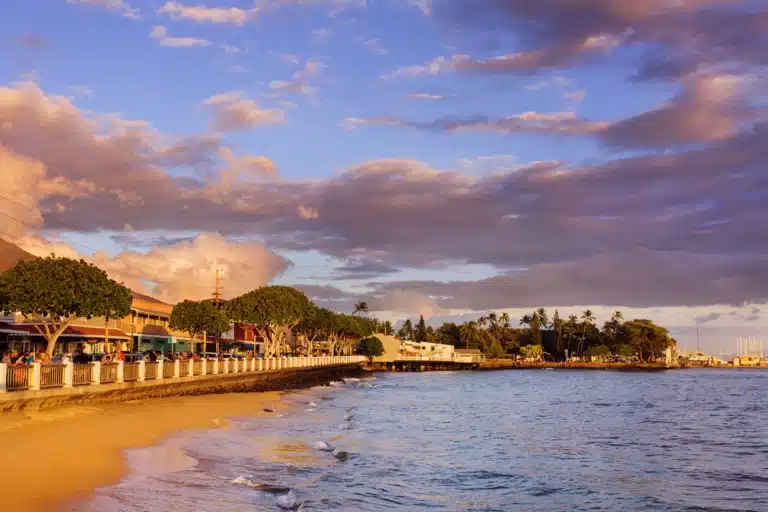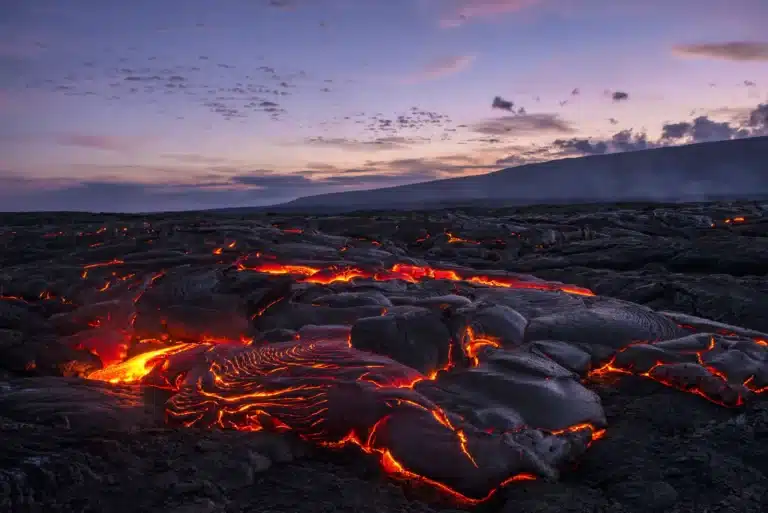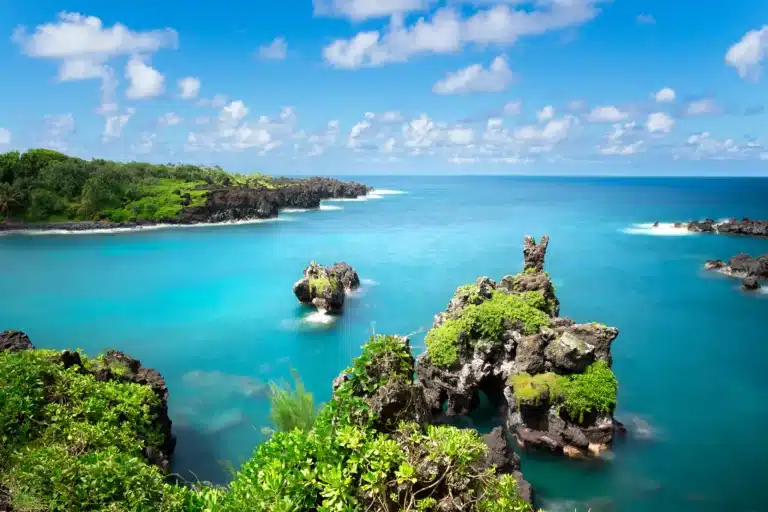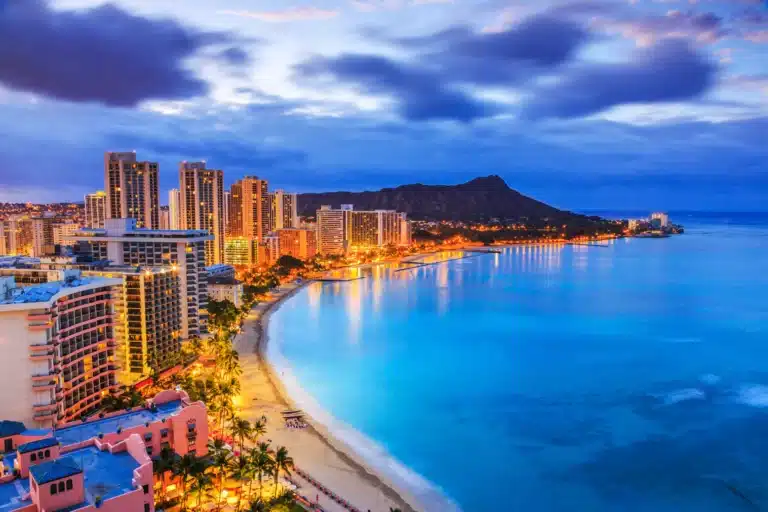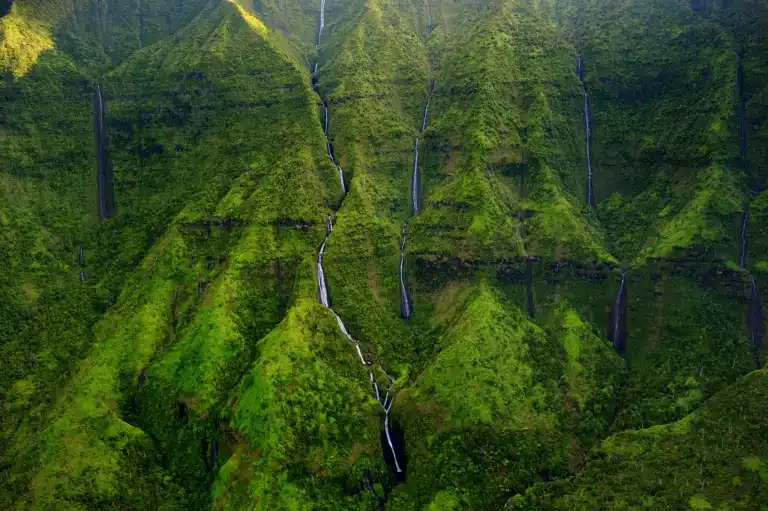Colonization’s Impact on Hawaii’s Native Population

Welcome to the beautiful Hawaiian Islands! As you explore this remarkable destination, it’s important to appreciate the rich history and culture that make Hawaii truly unique. This article will discuss the impact of colonization on Hawaii’s native population, providing you with a deeper understanding of the historical context that has shaped the Aloha State.
Pre-Contact Hawaii
Prior to the arrival of European explorers, the Hawaiian Islands were home to Polynesians who navigated the vast Pacific Ocean using their expert knowledge of the stars. These early settlers established a thriving society based on sustainable agriculture, fishing, and intricate social and religious systems. The native Hawaiians, or Kanaka Maoli, lived in harmony with their environment, cherishing the land (‘āina) and its resources.
First Contact and the Arrival of Europeans
The first recorded European contact with the Hawaiian Islands occurred in 1778, when British explorer Captain James Cook arrived. This initial encounter marked the beginning of significant changes for the native population, as European explorers and traders began to visit the islands more frequently, bringing with them new ideas, technologies, and diseases.
Impact on the Native Population
Colonization had a profound impact on the native Hawaiian population. The introduction of foreign diseases, such as smallpox, measles, and influenza, decimated the native population, with some estimates suggesting a reduction of up to 80% within a century. Furthermore, the arrival of foreigners led to the loss of land and resources, as well as the imposition of foreign customs, religion, and political systems. These changes disrupted the traditional way of life for the Kanaka Maoli, often leading to social and cultural disintegration.
Overthrow of the Hawaiian Monarchy
As American and European influence in Hawaii grew, tensions between the native population and foreign settlers escalated. In 1893, a group of American businessmen and sugar planters, with the support of the U.S. military, staged a coup to overthrow Queen Lili’uokalani, the last reigning monarch of the Hawaiian Kingdom. This event led to the establishment of the Republic of Hawaii, which was ultimately annexed by the United States in 1898.
Annexation and Statehood
The annexation of Hawaii by the United States and its eventual path to statehood in 1959 had significant implications for the native population. Many Kanaka Maoli were marginalized and dispossessed of their land, while their cultural identity was often suppressed in favor of American values and traditions. This period of rapid change further exacerbated the challenges faced by the native Hawaiian community.
Preservation and Revitalization of Native Hawaiian Culture
Despite the challenges posed by colonization, the native Hawaiian community has made tremendous efforts to preserve and revitalise their culture, language, and traditions. Cultural centers, schools, and organizations such as the Office of Hawaiian Affairs (OHA) and Kamehameha Schools have played a vital role in promoting the preservation and resurgence of native Hawaiian culture.
Visiting Cultural and Historical Sites
As a traveler in Hawaii, there are numerous opportunities to learn more about the history of colonization and its impact on the native population. Consider visiting museums like the Bishop Museum in Honolulu or the Kaua’i Museum on Kaua’i, which offer exhibits and information on Hawaiian history and culture. Additionally, historical sites such as the ‘Iolani Palace and Pu’uhonua o Hōnaunau National Historical Park provide insight into the rich heritage of the Hawaiian Islands.
Conclusion
The resilience of the native Hawaiian population and their efforts to preserve their culture in the face of colonization is truly inspiring. As you explore the breathtaking beauty of the Hawaiian Islands, we encourage you to learn more about the history of colonization and its impact on the native population. By doing so, you will deepen your understanding and connection to this remarkable place, and truly appreciate the spirit of Aloha that continues to thrive.
Join Hawaiians.
Get discounts, trips ideas, exciting news, and much more. Delivered right to your inbox, for free.
Discover More Essential Information
Explore ‘Essentials’ for enriched Hawaii travels. Dive into local culture, history, and nature for a truly immersive experience.
Ocean Safety in Hawaii: Understanding Rip Currents, Coral Reefs, and More
Living Off-Grid in Hawaii: Sustainable Living in Paradise
An Overview of Buddhism in Hawaii
Polynesian Migration: The Discovery and Settlement of Hawaii
The Origin and Evolution of Hawaiian Luaus
Hawaiian Biodiversity: A Microcosm of Evolution
Explore More of Hawaii
Beyond the Horizon, More Paradise Awaits – Dive deeper into the multifaceted charm of Hawaii, and continue your journey of exploration.
Explore the Islands of Hawaii
Discover your perfect escape – from Oahu’s lively cities, Maui’s picturesque shores, Kauai’s verdant landscapes, to Big Island’s volcanoes.
Join Hawaiians.
Get discounts, trips ideas, exciting news, and much more. Delivered right to your inbox, for free.
